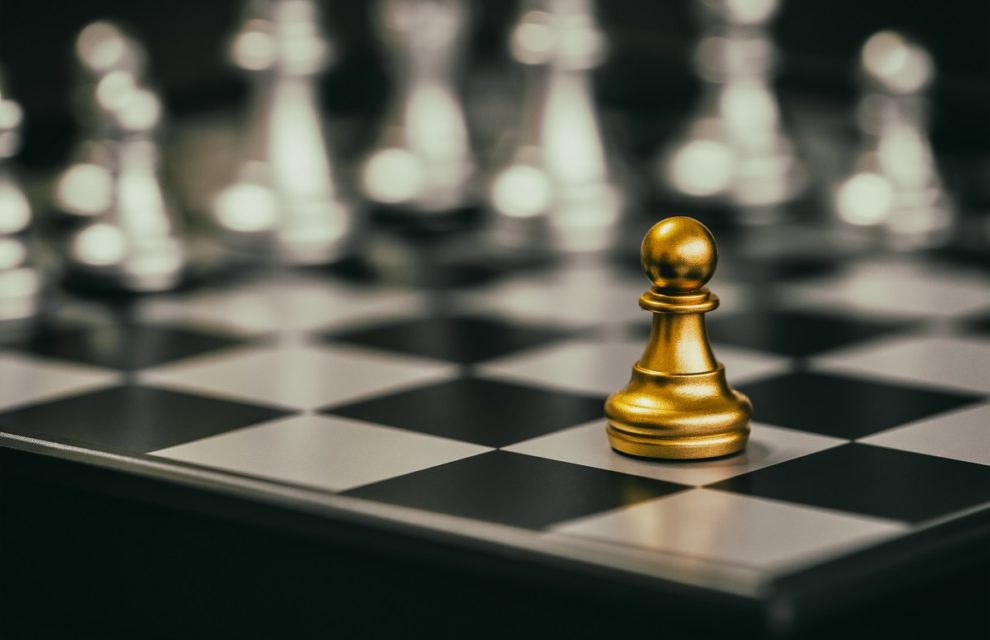Are artists the pawns of the cultural industry?
After all, artists provide the creative flair, the skills, the conception and execution, the painstaking devotion to detail, the intellectual property supporting an entire industry.
And the cultural industry is dominated by non-creative people, who organize, establish criteria, discuss, evaluate, manage talent and sometimes fund artworks.
In Canada, culture is seen as one big pie, and each party around the table deserves a fair share: from the cultural bureaucrat to the manager, from the agent to the producer/publisher, from the distributor to the bookseller/gallery owner. Artists are supposed to curry favour with all these other parties. The share of the pie reserved for the artist is relatively small.
Does this mean artists are bound to find themselves at the outer limits of the cultural economy, dependent on the good will of the rich and powerful and well-organized, beholden to cultural institutions? Does it mean artists are turning into (freelance) bureaucrats themselves, pushing paper as much or more than actually creating works?
I remember meeting a banker once at a cocktail party – a very aggressive woman, something of a bulldog in fact – who told me, “art is whatever gets funded. If there is no funder, there is no art.” I guess this could be called the mercantile or transactional view of art.
But this is to misunderstand artists. They don’t just happen. They develop their craft, invest heavily in it, push themselves and others beyond limits, make discoveries, have the courage really to see and disrupt the world, create new characters and scenes and spaces ex nihilo – out of nothing.
It all comes down to finding and channeling energy.
There is something exalting about completing an artwork, but also something sad. It feels like winding down, detaching oneself from what one has created, losing a close friend and letting go of that friend altogether. It takes awhile before one hears a new secret voice whispering inside, before one is able to imagine a new work struggling to be created.
“Wieder anfangen,” Rainer Maria Rilke used to stay. Start all over again, from scratch, out of nothing.
I like the Renaissance ideal of the artisan who makes things with his or her hands. It was a popular, even a proletarian, ideal.
Leonardo was the supreme artist and artisan. He was nobody’s pawn. He lives on today, 500 years later, through his works. In fact, the only thing people remember about him are his works. Who remembers the kings, princes, burghers and religious institutions who funded him?
It really shouldn’t matter what place artists and artisans have in social hierarchies. We (artists) ultimately sink or swim thanks to our vision and the works we create.

